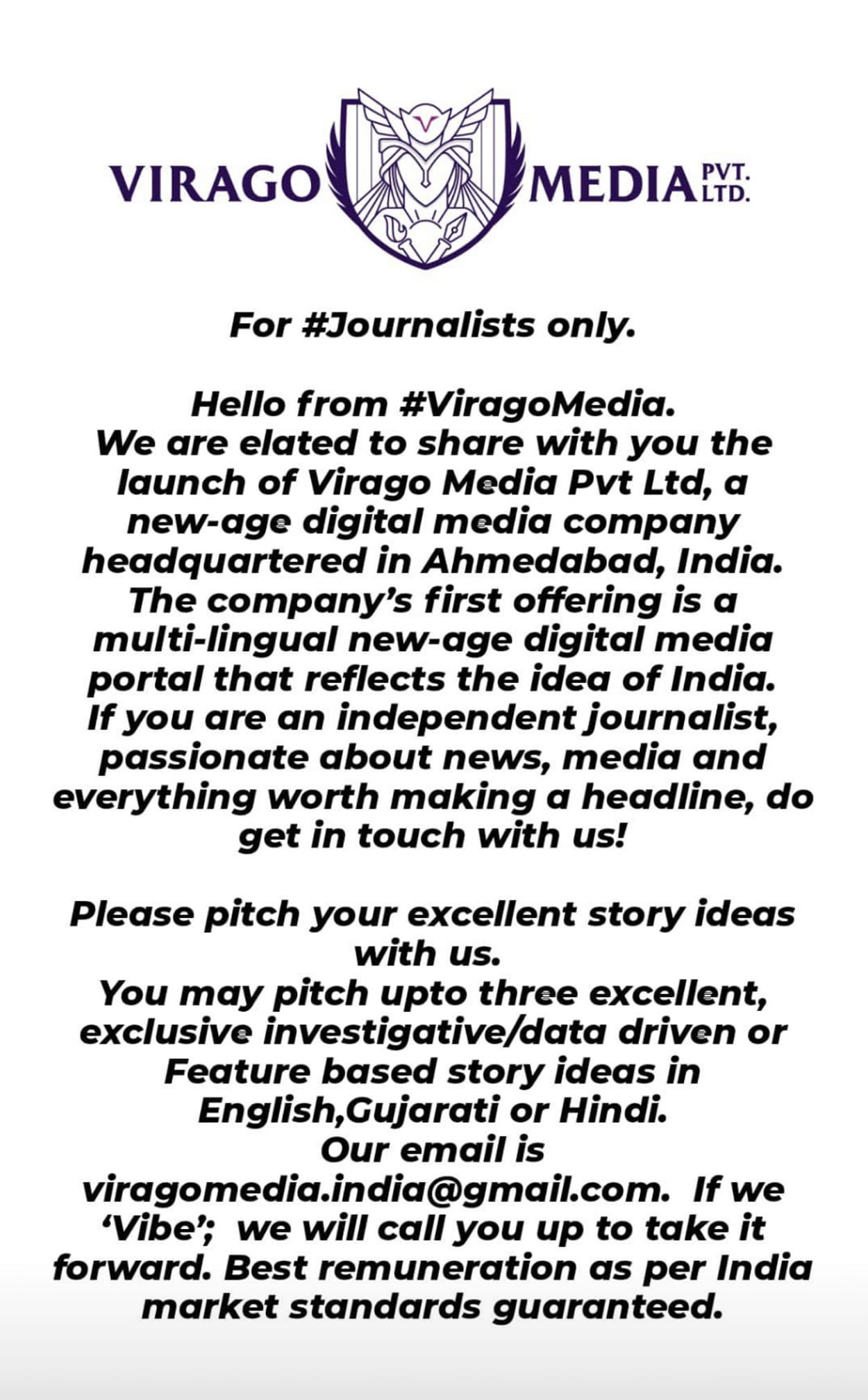The principles that apply to photography are the same irrespective of what clicks that photo: a DSLR, a point and shoot, or a mobile device. The static moment captured can often be misconstrued given that it doesn't speak for itself, is open to interpretations, and can easily be doctored to tweak the narrative. If you're on the ground reporting, it's pertinent to be mindful of what you're clicking, how you're clicking it, and how will you treat it eventually (in editing) before using it for the intended purposes.
According to The National Press Photographer's Association (NPPA), "visual journalists operate as trustees of the public. Our primary role is to report visually on the significant events and varied viewpoints in our common world. Our primary goal is the faithful and comprehensive depiction of the subject at hand. As visual journalists, we have the responsibility to document society and to preserve its history through images." This approach is important in retaining audiences' trust as it helps avoid favouring one perspective over the other (more on this in the examples later). In order to achieve this, NPPA lays down a basic Code of Ethics to keep in mind, like:
- To be accurate and comprehensive in the representation of subjects.
- Resisting staged photo opportunities.
- To always provide context with the photo.
- Treating subjects with dignity and respect.
- To not manipulate, alter or influence the events while photographing.
- Editing should not, in any way, mislead the viewer.
The bottom line is to stay true to the story by depicting the ground reality without getting influenced by personal or societal bias.
But there are challenges.
As a majority of us roam around with a smartphone in our hands, we are all clicking machines, capturing moments on the go. This is why User-Generated Content (UGC) has become an unavoidable part of the journalistic landscape. Building an ethical and sustainable model for UGC is a tricky task as it requires constant fact-checking. What is and not to be believed is a constant question looming over an average consumer, with no definite solution.
Machines, AI, and online algorithms too don't make the task any easier. As a part of Vox's 'Glad You Asked' series, host Joss Fong is onto something. Through systematic testing, the team uploads a series of elongated vertical photographs on Twitter to let the platform auto-crop the image. And every time, the algorithm ends up auto-cropping to white faces, ignoring their black counterparts.
But it's not just algorithms that introduce bias in content. The Associated Press (AP) cropped an image with five environmental activists: four White and one Black in a way that it excluded the Black activist. In a photo clicked after a news conference in Davos in January 2020. The photo, that was put on Twitter, had Greta Thunberg, Loukina Tille, Luisa Neubauer and Isabelle Axelsson. But the original photo had another young prominent Ugandan activist, Vanessa Nakate.
The Associated Press leaned on a rather weak excuse to justify this. AP’s director of photography, David Ake said that under a tight deadline, the photographer “cropped it purely on composition grounds,” reported The Guardian.
Ethics in photography, hence is a much wider responsibility shared by the ideator, the creator, the publisher and the distributor.

TOI is looking for Feature Writers, full time, with 3-6 years of experience for Mumbai and Delhi.
Kindly, send your resume to divya.b@timesgroup.com if interested.Virago Media is looking for pitches:

ABOUT THIS NEWSLETTER
This newsletter is an attempt to keep up and share all the latest and greatest stories in media and how they get done. Read about it here: About In Old News-Letter. And if you were forwarded this newsletter, here’s how you can sign up to get the latest editions as they come out!
